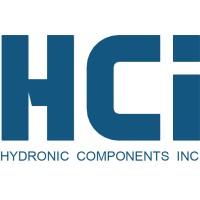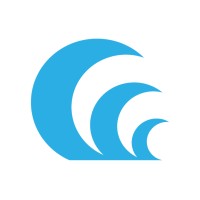
HCi Valve
Hydronic Components Inc (HCi), a Jomar Group Company is a proud partner with Fratelli Pettinaroli SpA and has led the balancing and coil piping package industry for over 20 years. HCi's coil piping packages have revolutionized hydronic installations by using quality engineered combination valves to minimize the time and space required to install hydronic terminal units. In addition to the preassembled packages we offer manual and automatic balancing solutions, Pressure Independent Control Valves (PICV), flexible hoses and our patented Filter Ball design incorporates an intergraded backflush feature. HCi components are 100% leak tested and bagged & tagged into a single package for easy installation.






